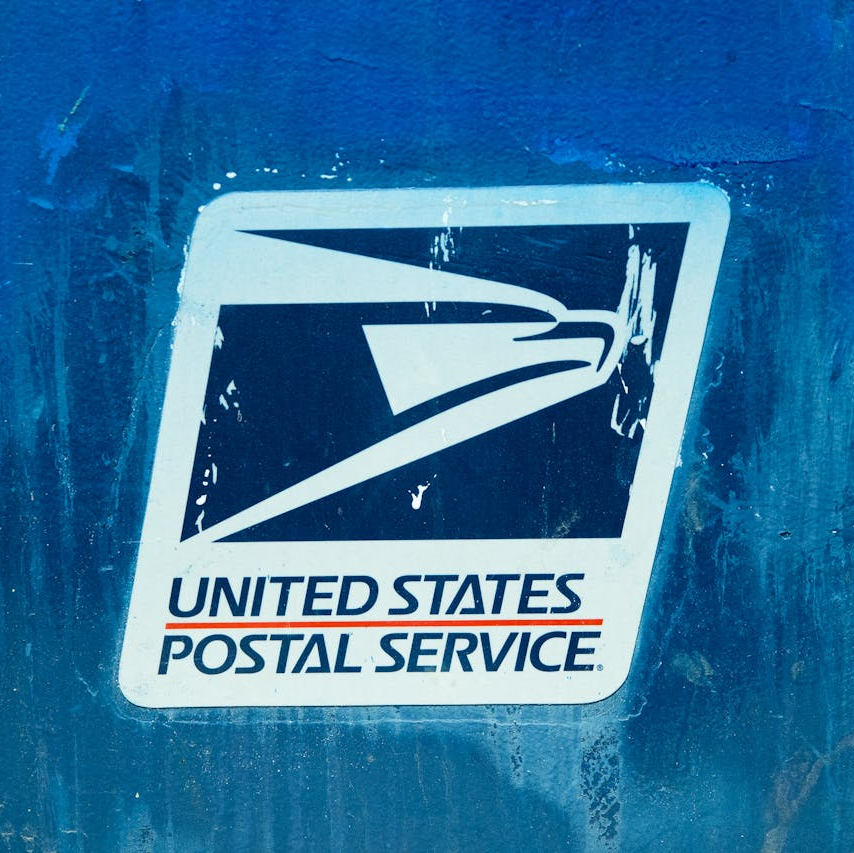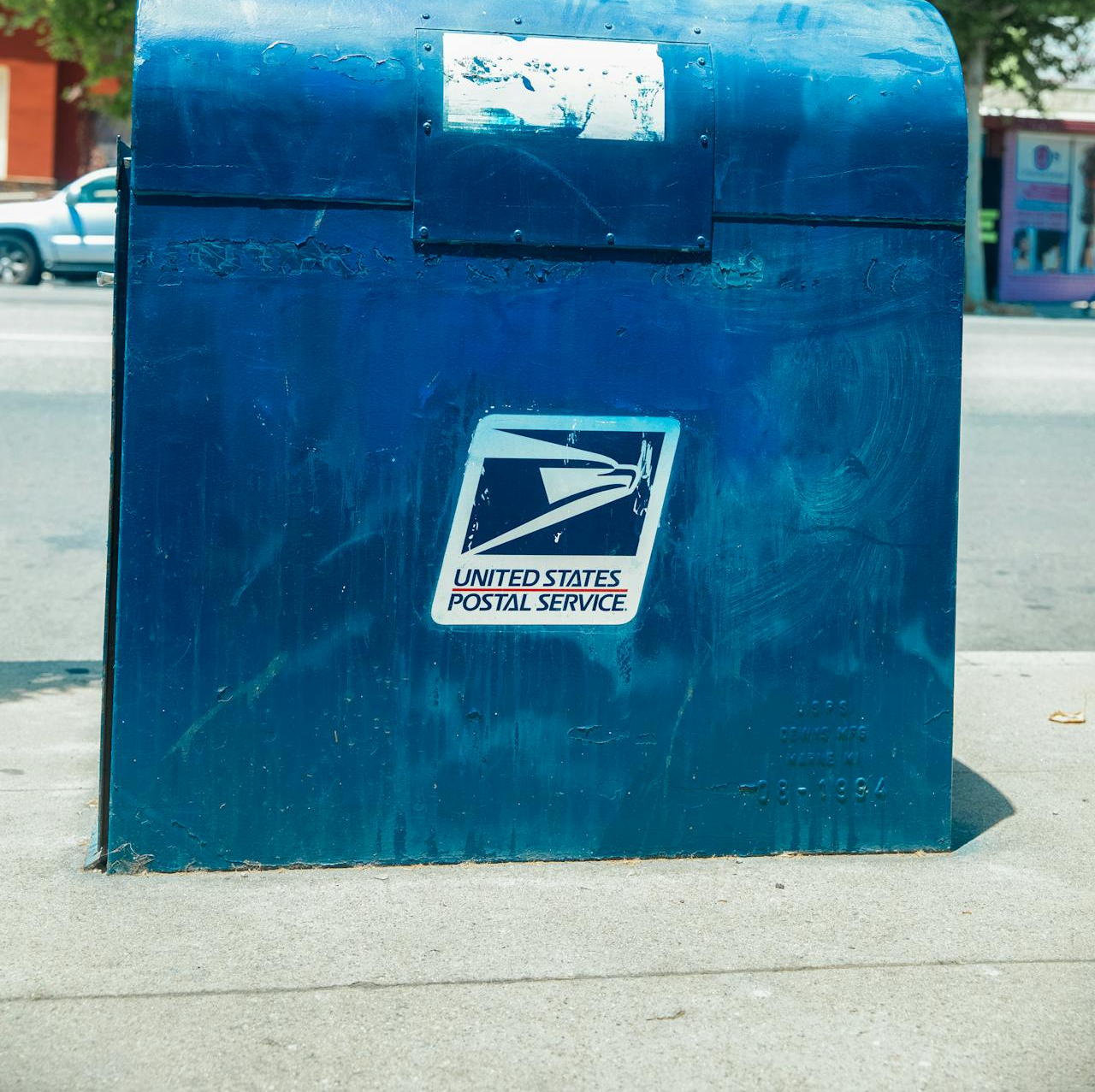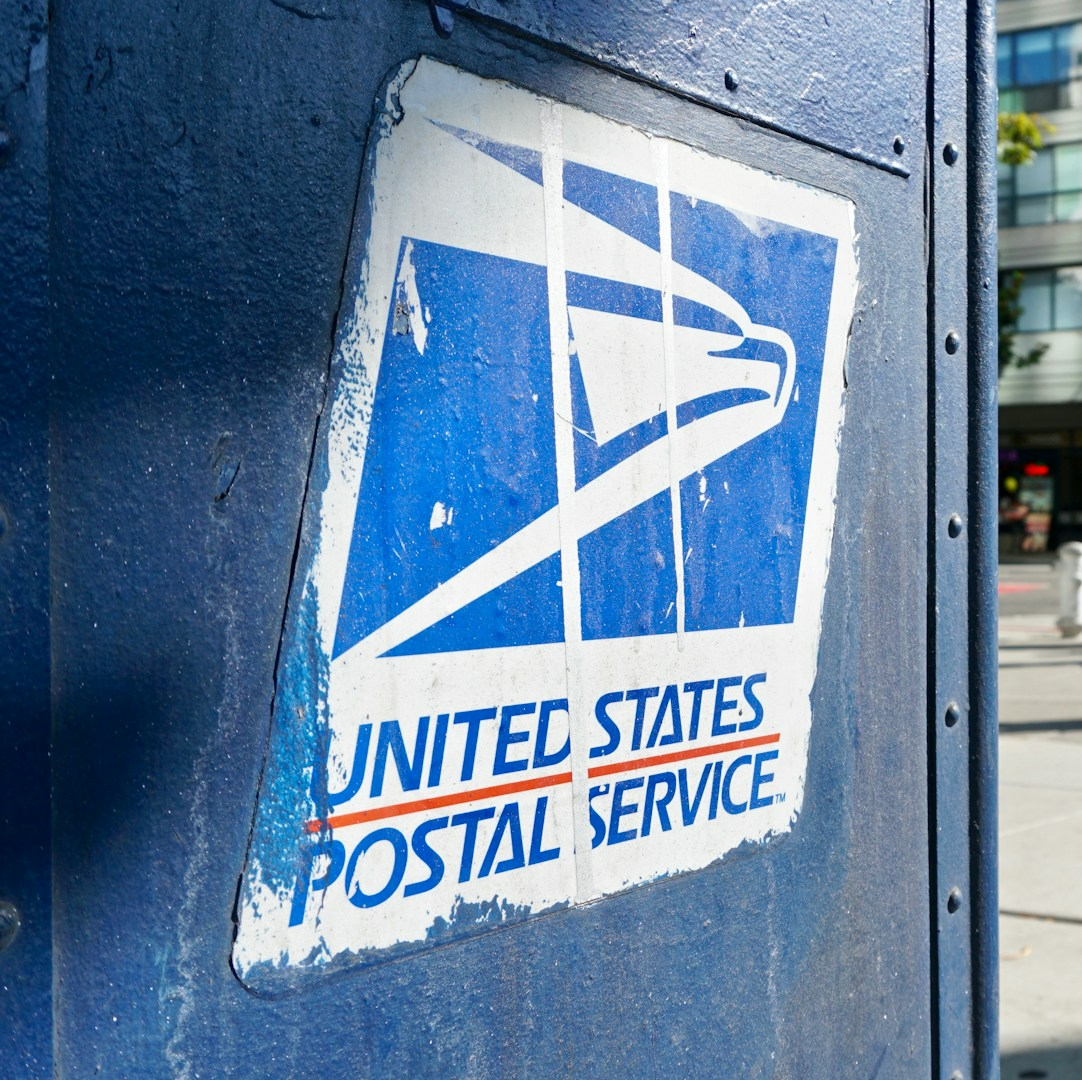Key Takeaways
- Switching from FEHB to PSHB requires understanding the new plan’s structure, eligibility criteria, and benefits before making a decision.
- Ensure your preferred healthcare providers are covered under the PSHB network to avoid disruptions in care.
Switching from FEHB to PSHB – Here’s What You Need to Know Before Making the Jump
Transitioning from the Federal Employees Health Benefits (FEHB) Program to the Postal Service Health Benefits (PSHB) Program is a significant decision that many federal employees, especially those in postal services, may face. While the FEHB has long been a reliable option for federal workers, the introduction of PSHB brings new opportunities and challenges. Understanding the key differences between the two programs, eligibility criteria, and factors such as provider networks is crucial before making the switch.
The Key Differences Between FEHB and PSHB
The FEHB program has been the primary health insurance option for federal employees for decades, offering various health plan choices, from Health Maintenance Organizations (HMOs) to Preferred Provider Organizations (PPOs). These plans provide comprehensive medical care with flexible coverage options that can be customized according to individual needs. On the other hand, PSHB is a newer offering specifically designed for U.S. Postal Service employees, aligning with the unique needs of postal workers.
PSHB is distinct from FEHB in terms of its structure, provider network, and eligibility requirements. While both programs aim to provide affordable and comprehensive healthcare, PSHB focuses on simplifying plan choices while ensuring coverage for essential health services. Postal workers transitioning to PSHB will likely experience fewer plan options than under FEHB, which can make the selection process easier but may limit personalization.
Streamlined Choices for Postal Employees
One of the most prominent differences between FEHB and PSHB is the reduction in the number of health plans available. Under FEHB, employees have access to a broad range of health plans. However, the PSHB program limits these choices, focusing on offering a streamlined set of plans tailored to postal workers’ needs.
While this change reduces the confusion that can accompany multiple plan options, it also means that employees need to be diligent about reviewing what each plan covers. If you’ve been on a customized FEHB plan with very specific coverage, it’s essential to compare these benefits against what is available under PSHB.
Eligibility and Enrollment Process
Before transitioning to PSHB, understanding the eligibility criteria is crucial. The PSHB plan is exclusively for Postal Service employees and retirees, distinguishing it from the broader FEHB program. For active postal employees, the transition to PSHB may be automatic, but retirees may need to take additional steps.
The enrollment window for PSHB is crucial, as missing deadlines could result in a gap in coverage. Ensure you are well-informed about the enrollment period, especially if you are nearing retirement. Retirees who are transitioning from FEHB to PSHB must actively choose a new plan during the designated open season. Failing to do so can lead to unexpected lapses in coverage.
What to Expect During Open Season
During the federal open season, which typically runs annually from November to December, employees have the opportunity to switch health plans. If you’re considering moving from FEHB to PSHB, this is the time to make that change. Carefully review plan details, including premiums, out-of-pocket costs, and the extent of coverage for necessary medical services.
Switching plans during open season requires comparing not just monthly premiums, but also considering factors like deductibles, copays, and whether your preferred doctors and specialists are in-network. Given the fewer choices under PSHB, it’s especially important to ensure that the plan meets your medical needs.
Provider Networks and Coverage
Ensuring continuity of care is a critical factor when switching from FEHB to PSHB. One of the most significant changes postal workers may encounter is the potential difference in provider networks. Under FEHB, you may have developed long-standing relationships with your primary care physician and specialists, but those same providers may not necessarily be in the PSHB network.
Verifying whether your healthcare providers are covered under the PSHB plan is essential before making the switch. This is particularly important for individuals with ongoing medical conditions who require specialized care. If your current providers are not included in the PSHB network, you may need to either find new providers or be prepared to pay higher out-of-pocket costs for out-of-network care.
Coverage for Essential Services
One of the PSHB program’s goals is to ensure coverage for essential health services, including preventive care, emergency services, hospitalization, and prescription drugs. However, the extent to which these services are covered may differ between FEHB and PSHB plans.
If you rely on specific treatments or medications, it’s important to verify whether those are covered under the PSHB plan you’re considering. Coverage limits or prior authorization requirements may be more stringent under PSHB, depending on the plan. Taking the time to review the benefits summary for each plan is critical to avoid unexpected medical expenses.
Impact on Retirees
Retirees may be most affected by the transition from FEHB to PSHB, especially those who rely on comprehensive coverage for ongoing medical needs. While active postal employees may find the switch more straightforward, retirees face different considerations, particularly if they depend on Medicare as part of their healthcare strategy.
If you are a retiree who is eligible for Medicare, it’s important to understand how PSHB coordinates with Medicare coverage. Many retirees enrolled in FEHB also have Medicare Part A and Part B, and making sure that your new PSHB plan integrates smoothly with Medicare is key. Otherwise, you could find yourself paying for duplicate coverage or facing gaps in care.
Considerations for Medicare Integration
PSHB plans are designed to work alongside Medicare, but this integration may vary between plans. For instance, some PSHB plans might offer secondary coverage to Medicare, while others provide specific coordination of benefits. Retirees should verify whether their preferred doctors accept both Medicare and their PSHB plan to ensure seamless coverage.
Switching from FEHB to PSHB without proper understanding of how the two programs interact could lead to higher out-of-pocket costs or coverage confusion. In such cases, consulting with a licensed insurance agent familiar with both programs can help retirees navigate these complexities effectively.
Weighing the Costs of Switching
While plan details and coverage options are critical considerations, the cost is also an important factor when switching from FEHB to PSHB. Both programs offer plans with a range of premiums, deductibles, and out-of-pocket expenses. It’s essential to consider not only the monthly premiums but also how much you’ll pay for services like doctor visits, hospital stays, and prescription drugs.
Some PSHB plans may offer lower premiums but higher deductibles, meaning that while you’ll pay less each month, you’ll be responsible for more of the costs when you need care. On the other hand, plans with higher premiums might provide more comprehensive coverage with lower out-of-pocket costs.
Evaluating Total Healthcare Costs
When comparing FEHB and PSHB plans, think beyond just the premium cost. Total healthcare expenses, including out-of-pocket maximums, copays, and coinsurance, all contribute to the affordability of a plan. For example, if you or a family member has a chronic condition requiring frequent doctor visits or medication, a plan with lower out-of-pocket costs may be more cost-effective over time.
Additionally, it’s wise to review how the PSHB plan handles preventive care, as many services like annual physicals, vaccinations, and screenings may be covered at no cost under both FEHB and PSHB. Make sure to clarify any differences in how these preventive services are billed under PSHB.
Making the Transition Smooth
Switching from FEHB to PSHB can feel overwhelming, especially with the complexities of healthcare coverage and the potential for disrupted care. However, careful planning and a thorough review of available plans can help ensure a smooth transition. Start by assessing your healthcare needs and comparing how well different PSHB plans meet those needs. Additionally, make sure your doctors and specialists are in-network to avoid disruptions in your care.
By carefully reviewing your options during open season and taking the time to understand how PSHB differs from FEHB, you can make a confident decision that supports your health and financial well-being in the long term.
Ready to Make the Switch? Here’s What to Do Next
The decision to switch from FEHB to PSHB is not one to take lightly. However, with proper research and planning, you can ensure that the switch aligns with your healthcare needs. As you prepare, reach out to a licensed insurance agent to help clarify any questions and guide you through the transition process. Whether you’re an active employee or a retiree, understanding the full scope of your coverage will help you feel more confident in your decision.
Contact Information:
Email: [email protected]
Phone: 7045556789












